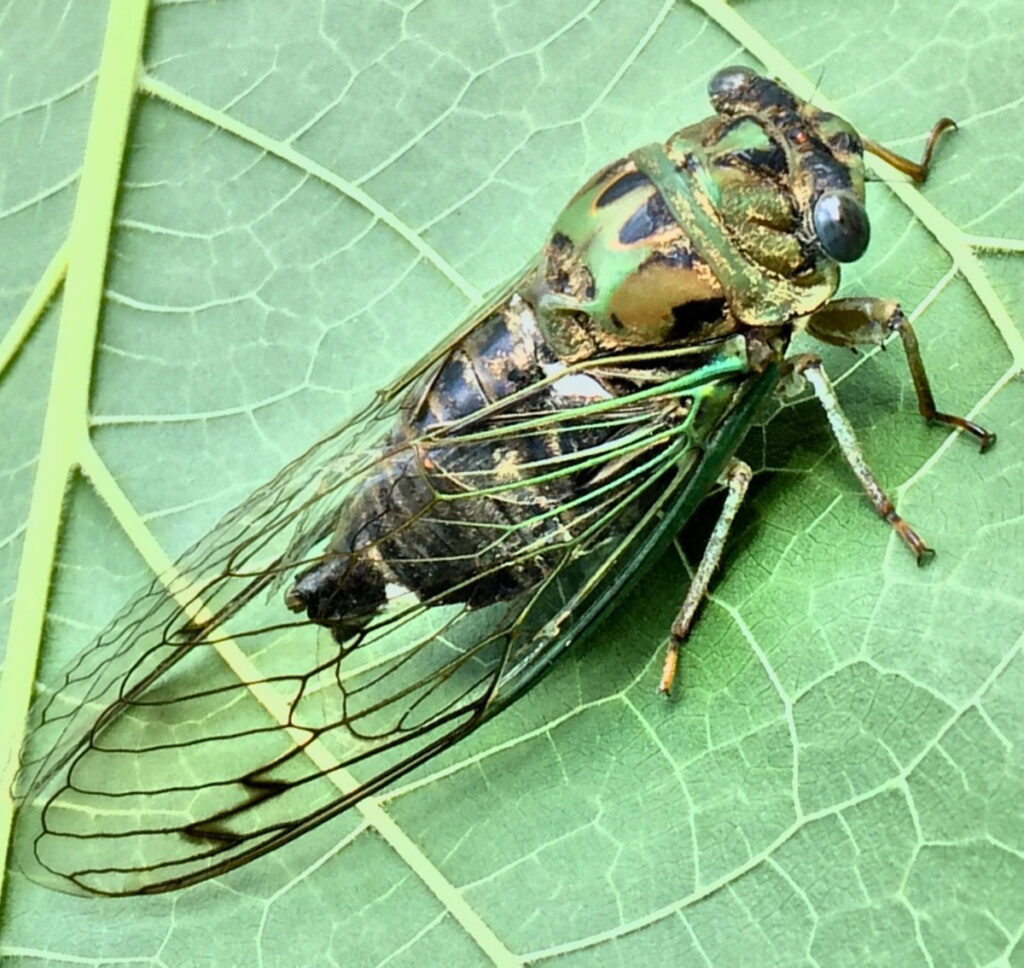Summer in central Illinois can be a special time for nature enthusiasts. Sometimes, you don’t realize just how special it is until you wander far away and experience the natural world in a much different region. I recently was in northern Wisconsin and the Upper Peninsula of Michigan. It was a great time filled with lakes, bogs, cool starlight nights and mild sunny days. Many birds that we only see during spring of fall migration reside in this northern region. Warblers flit amongst the trees in search of insects to feed their young. Loons that we sometimes see on the Illinois River during migration are nesting here. The Sandhill Cranes that I saw in Peoria in November are somewhere up here, nesting in a backwater or at the edge of a tamarack bog.
As the sun finally dips below the horizon and darkness sets in around 10 p.m., you realize that northern latitudes have longer days than we do in central Illinois. It is the longer daylight and compressed growing season that makes it advantageous for many migratory species of birds that decide to nest this far north. There is an ever-present high-pitch hum amongst the bogs of the north woods. Mosquitos and several species of midges all rely on numerous lakes and pools for the aquatic portion of their life cycles. While mosquitoes can be bothersome, the midges for the most part are benign and non-biting. Male midges have the peculiar habit of swirling together in a frenetic cluster of activity. Hundreds will gather in a back-and-forth flight pattern within the confines of a sunbeam along a forest trail. They swarm like this to attract females, who focus in on the high-pitched hum of their wings, and the dancing motion of the swarm. Watching them is quite mesmerizing and reminiscent of a murmuration of starlings on a very small scale. If you want to see a short video of my swarming midges, click here.
As evening progresses, you really notice just how different the north woods is from central Illinois. A summer day in central Illinois ends with a progression of insect songs starting with numerous species of cicadas giving way to katydid songs and tree crickets that will sing through the night. In the north woods, there is only one or two cicada species, and very few night-singing insects. The darkness here is silent. A loon calls off across the lake, while frogs vocalize sporadically to each other. The woods seem silent in comparison to our Illinois night sounds. This contrast is partly due to the relative youth of this landscape. After all, Glaciers covered this region for a few thousand years longer than they did in Illinois. Also, the soils are very different and so are the groundwater levels and the climate is much colder on a seasonal basis. To borrow a phrase from Dorothy … “Toto, I’ve a feeling we’re not in Peoria anymore.” Different habitats have different inhabitants, and the contrasts are very evident if you pay attention.
So, take some time this summer. Sit out on the front porch after dinner and listen as the insect chorus unfolds. It is an arrangement that is unique to here. Listen to those cicadas and see if you can pick up on the different voices of the different species. If you want to learn more about the sounds of our night-singing insects, visit the website song of insects.
By the way, next year will be the emergence of the 17-year brood of the periodic cicada here in our part of the state. The sounds will be much different next year as they join the chorus. If you want to acquaint yourself with the wonders of the periodic cicada, check out this past article in The Community Word,


